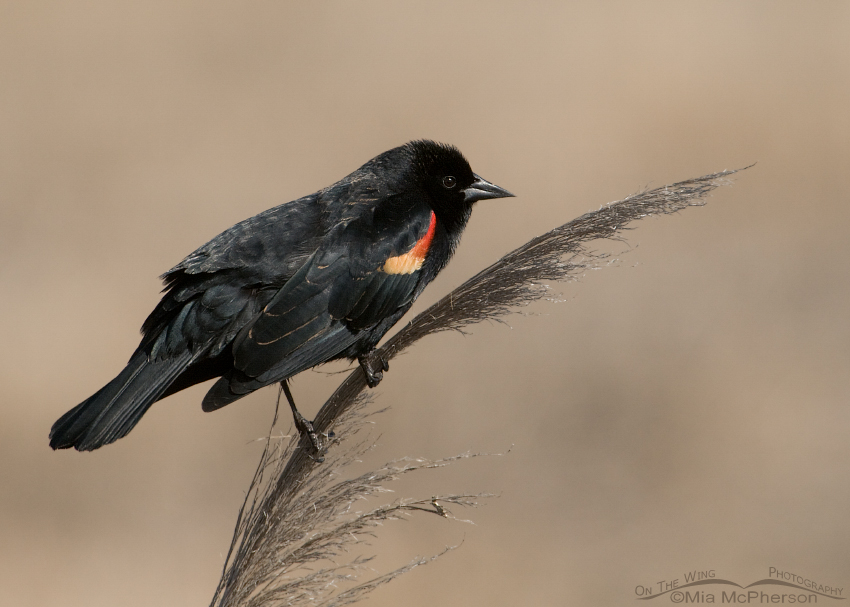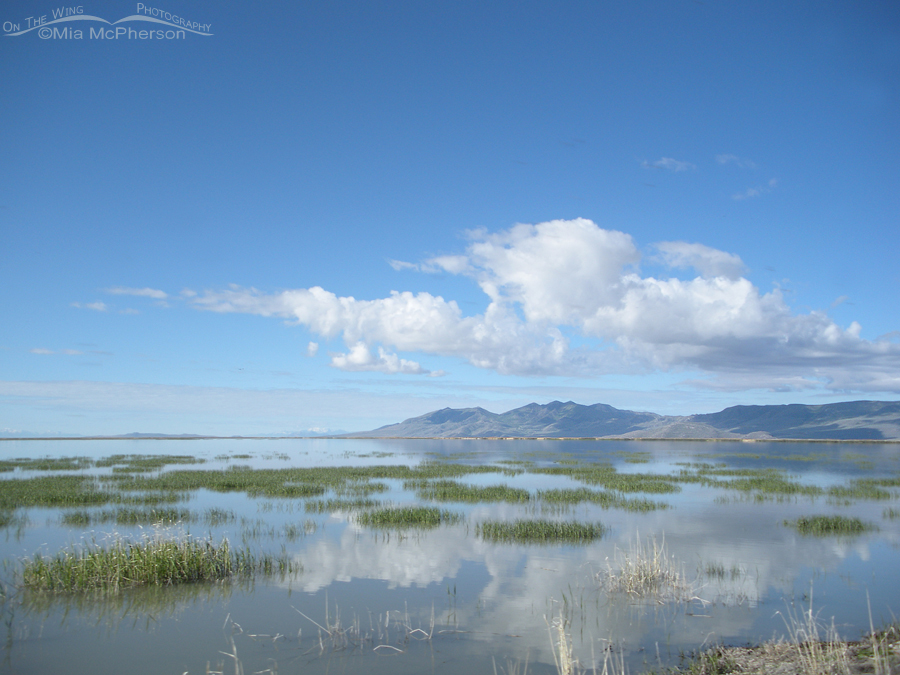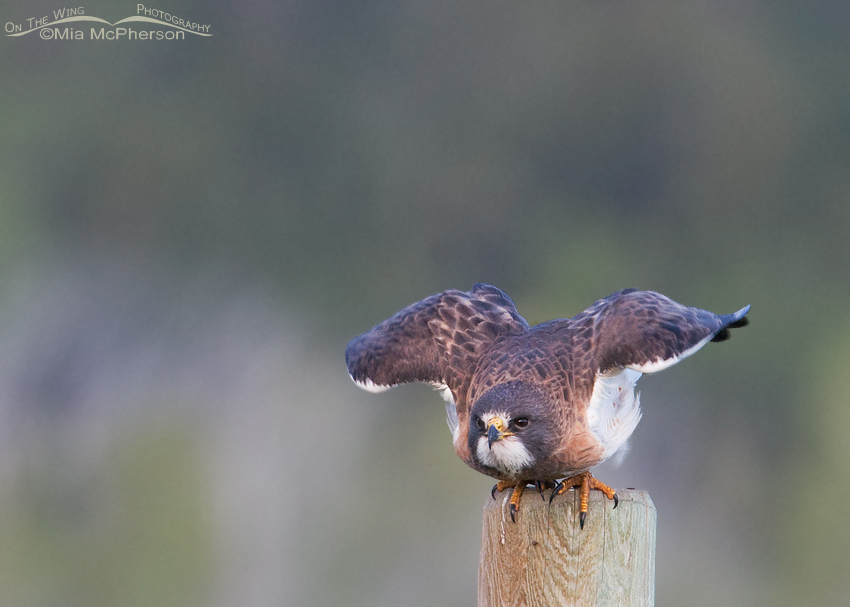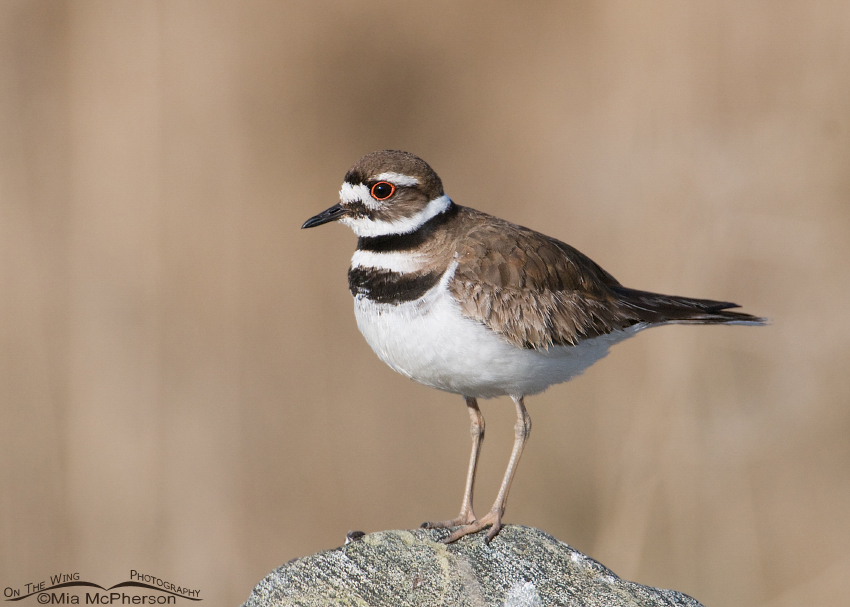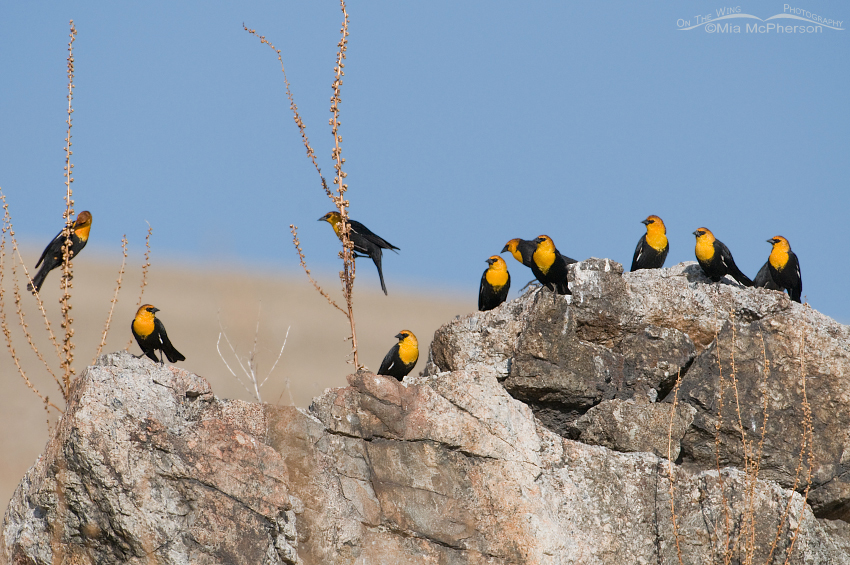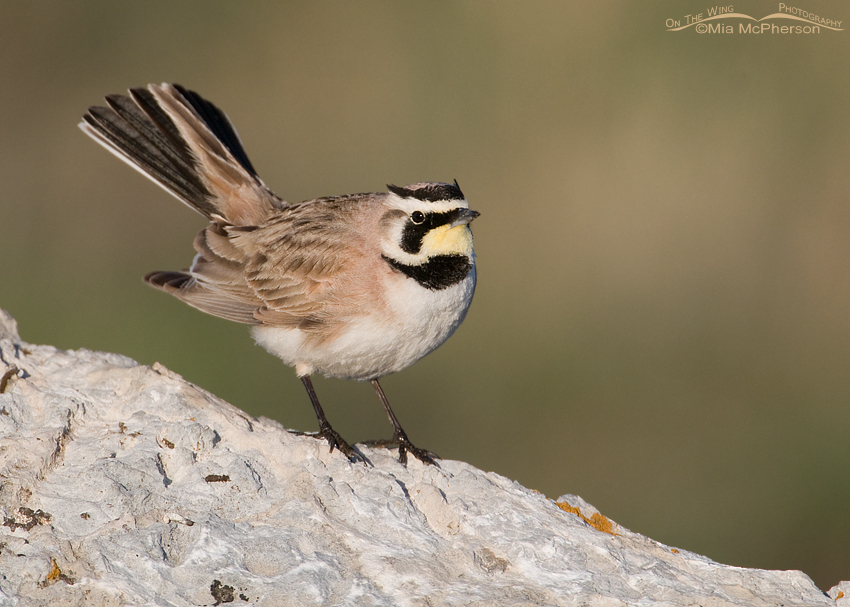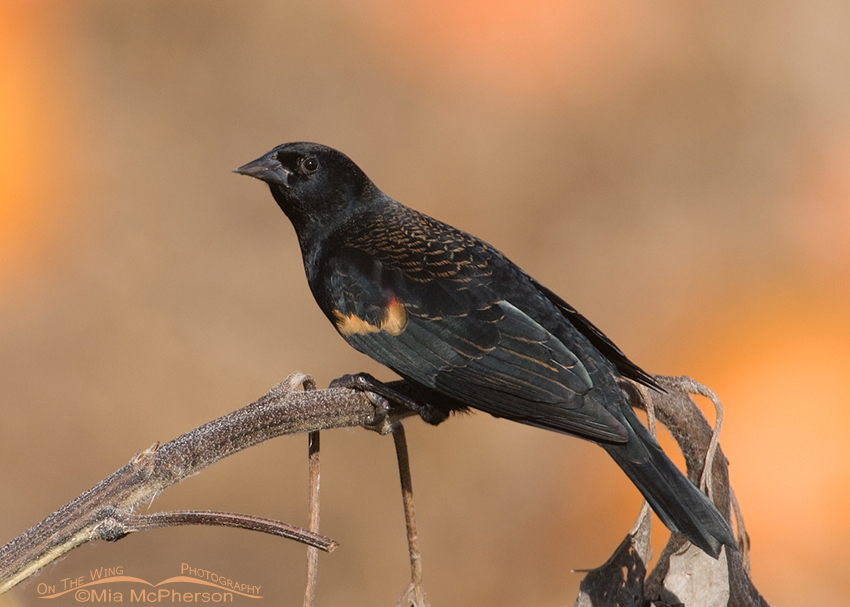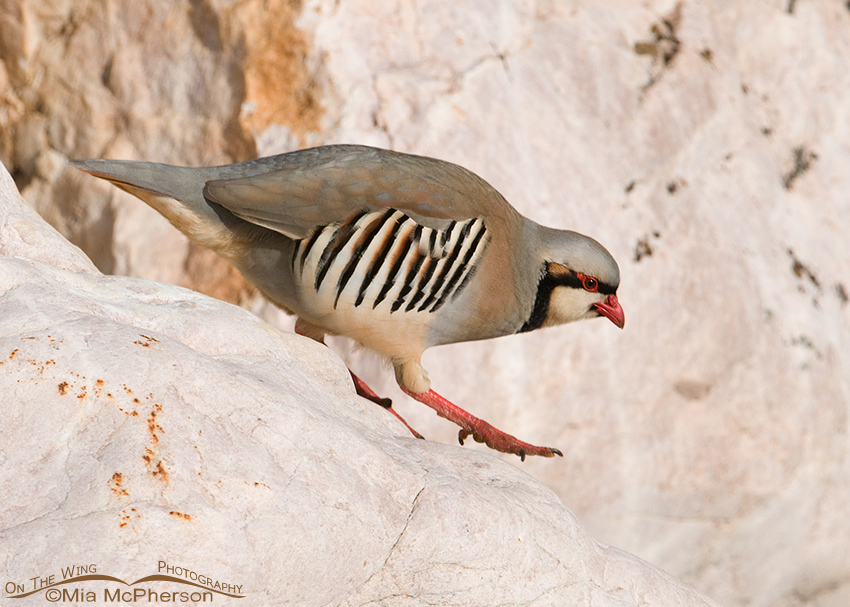Open Air Concert of a Western Meadowlark Singing from a Sagebrush
Yesterday was a bit like a wonderful open air concert on Antelope Island with the calls of Curlews, Willets, Chukars, Red-winged Blackbirds and Western Meadowlarks floating through the air.



